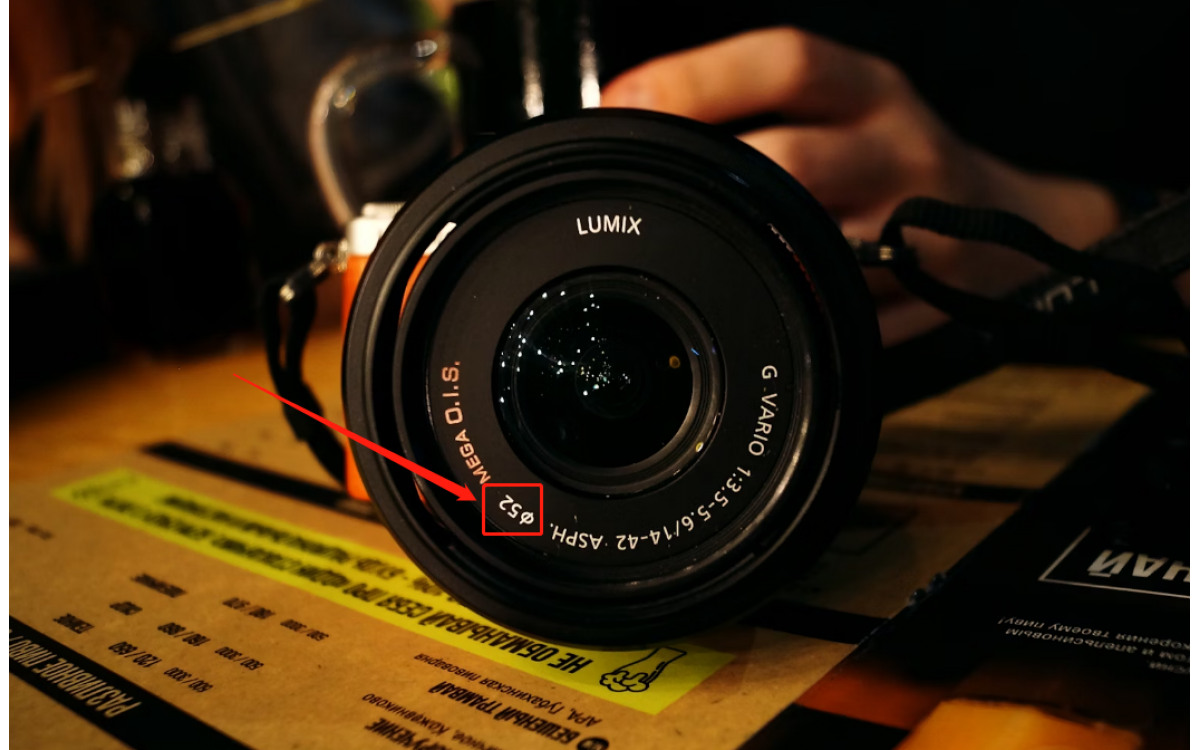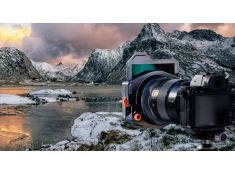How to match filters to camera lenses
Tuesday 10 December 2024
 499
499
 Reproduction without the author's authorization is prohibited
Reproduction without the author's authorization is prohibited
Filters are a very important part of photography and will directly affect the final photo or video. So how do you match the correct size filter to your lens?
How to match the filters size?
To determine the correct size filter for your camera lens, check the diameter of the front of the lens, which is usually marked with a symbol followed by a number.

The lens thread size is indicated by a "Φ" (diameter) symbol followed by the size, such as Φ82= 82mm lens thread size.
How to mount filter on to lens?
To mount a screw-on filter onto a lens, first ensure the filter size matches the lens diameter, indicated by a "Ø" symbol on the lens. Clean both the lens and filter with a microfiber cloth to remove dust and smudges. Align the filter with the lens threads and gently screw it on clockwise, being careful to avoid cross-threading. Tighten the filter securely but gently to prevent damage and ensure easy removal. Check for vignetting, especially with wide-angle lenses, and consider using thin filters if necessary. If stacking filters, be mindful of potential vignetting and image quality impact.
how to choose the right filter?
When choosing the right filter, first consider the purpose you want it to serve. Different filters offer various benefits: UV filters primarily protect the lens; polarizing filters reduce reflections and enhance color saturation; neutral density (ND) filters allow for longer exposures by reducing light; and graduated ND filters help balance exposure in high-contrast scenes like landscapes. It's also crucial to match the filter size with your lens diameter, which is typically noted on the lens barrel with a "Ø" symbol followed by the millimeter measurement.
Additionally, prioritize filter quality by opting for those made from high-quality glass or optical resin, as these materials help maintain image clarity. Multi-coated filters are especially beneficial as they reduce reflections and improve light transmission. Consider your photography style—landscape photographers might need polarizing and ND filters, while portrait photographers may prefer softening or warming filters. Budget is another factor, as investing in a good-quality filter can significantly impact image quality and longevity. Finally, ensure compatibility with other equipment, especially if you plan to stack filters, to avoid issues like vignetting.
Summary
The size of each lens may be different, but you already know how to determine the diameter of these lenses and how to install filters correctly. K&F CONCEPT provides a comprehensive range of filter types and sizes for you to choose from, click here to purchase.
Statement: all contents and remarks made by K&F CONCEPT 's intranet friends only represent themselves and do not reflect any K&F CONCEPT 's opinions and views.
-
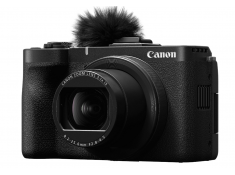 Canon releases PowerShot V1 camera, 22.3mp 1.4-inch CMOSThursday 20 February 2025
Canon releases PowerShot V1 camera, 22.3mp 1.4-inch CMOSThursday 20 February 2025 -
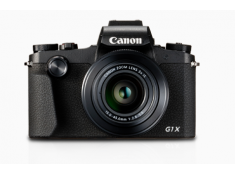 Canon PowerShot V1 camera specsWednesday 19 February 2025
Canon PowerShot V1 camera specsWednesday 19 February 2025 -
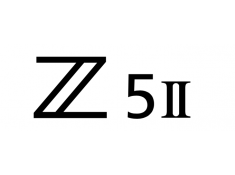 Rumored:Nikon Z5 II specsMonday 17 February 2025
Rumored:Nikon Z5 II specsMonday 17 February 2025 -
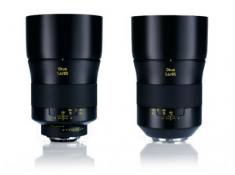 Zeiss announcing a new Otus for mirrorless camerasFriday 14 February 2025
Zeiss announcing a new Otus for mirrorless camerasFriday 14 February 2025 -
 LUMIX S1RII first spy photoWednesday 12 February 2025
LUMIX S1RII first spy photoWednesday 12 February 2025


